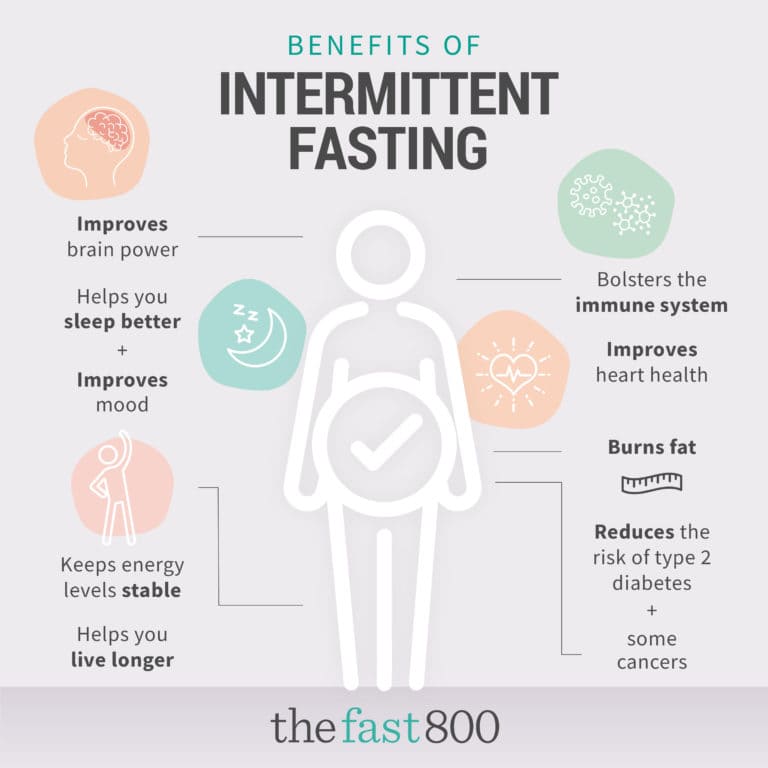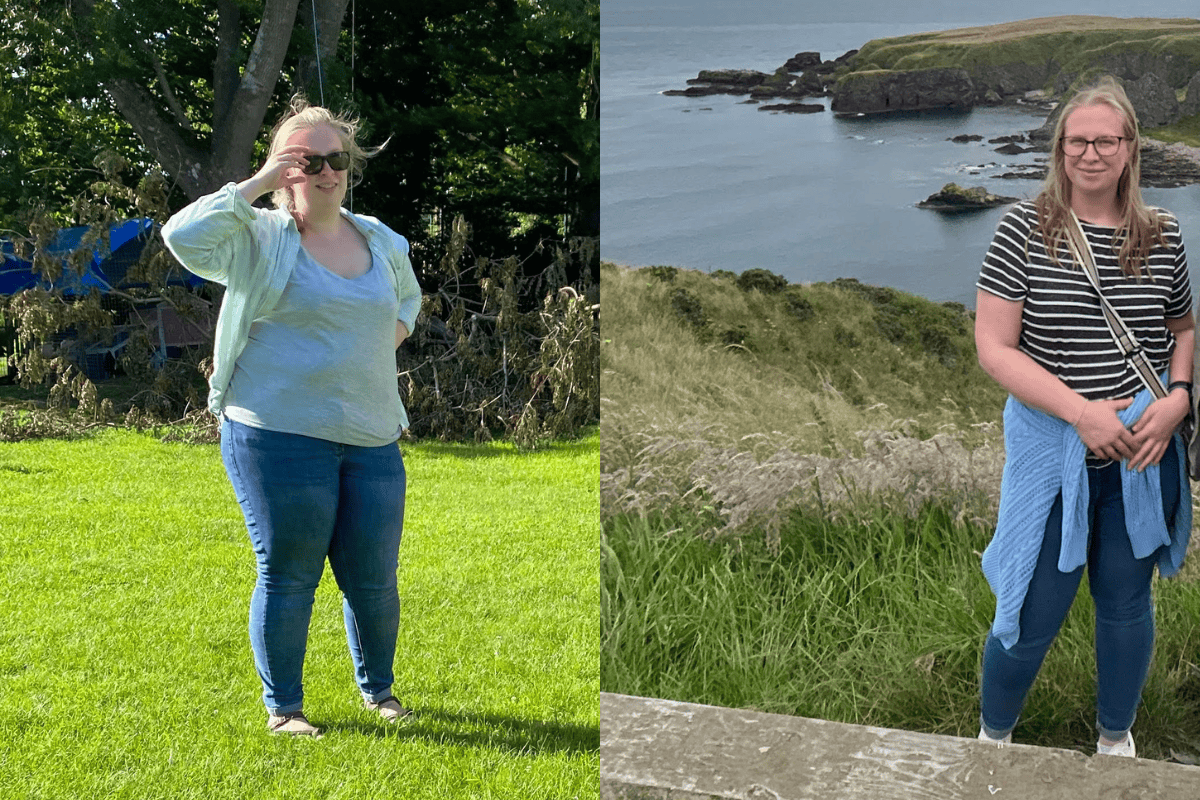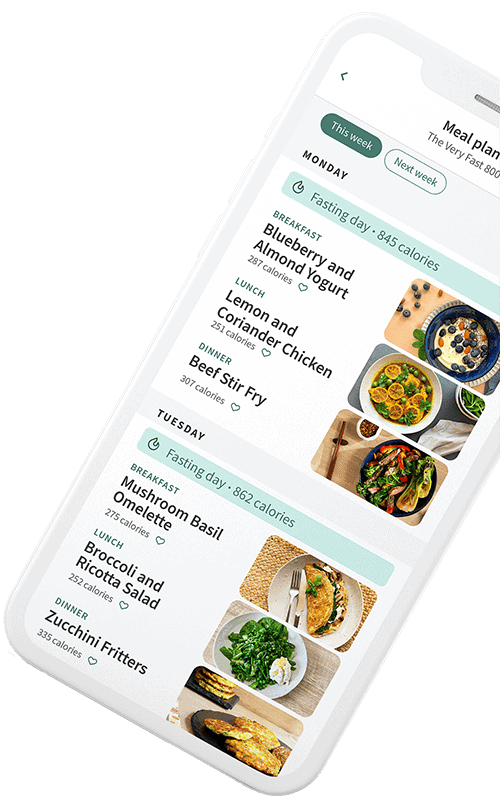Flipping The Metabolic Switch: How To Do it
Did you know, your body is like a hybrid car? It runs on two main energy sources: sugar and fat. You have the power to influence which source your body uses by flipping the metabolic switch.
What does it mean?
If available, your body will burn glucose (sugar) as its primary source of energy. Glucose comes from carbohydrate rich foods such as bread, potatoes and pasta.
Interestingly, we don’t need to rely on glucose; more and more research now points to fat being a far more efficient form of energy. Switching from using glucose to fat (or ketones) as your fuel source is called “flipping the metabolic switch”.
What happens when we use carbohydrates as fuel?
When we consume meals high in carbohydrates, your body breaks them down into simple sugars (like glucose) and your blood sugars temporarily shoot up. Your pancreas releases insulin to help distribute those blood sugars (glucose) around the body to be used as fuel and this brings the sugar level in your blood down rapidly. Any glucose not used for immediate energy is then stored in the body as glycogen. Once glycogen stores are full, any excess glucose is then stored as fat.
Insulin is a hormone released by your pancreas that helps glucose enter the cells to be used as energy. When cells in your muscles, fat, and liver don’t respond well to insulin they can’t easily take up glucose from your blood, meaning your blood sugar levels stay higher. With more sugar in your blood, your pancreas makes more insulin to help distribute the glucose. This becomes a vicious cycle called insulin resistance that can lead to developing type 2 diabetes.
What happens when we use fat as fuel?
When we limit our consumption of carbohydrates and instead enjoy a diet that prioritises healthy fats and protein, dietary fats are converted into ketone bodies by the liver and can be used as fuel.
When the body has used your stored dietary fats as fuel, it then begins to break down the body’s fat stores for energy. This is when your body begins to burn fat efficiently, flipping the metabolic switch and triggering weight loss. This process is also known as going into “ketosis.” Not only this, your brain runs very well on ketone bodies, more so than it does on glucose. BDNF (brain derived neurotrophic factor) is a protein that creates new brain cells and brain cell connections. Ketones stimulate the production of BDNFs, stimulating the creation of new brain cells.[1]
Further, in a study carried out on older adults with mild cognitive impairment, short-term calorie restriction boosted verbal memory and global cognition.[2] If you’re considering calorie restriction as a method of weight loss, it’s important to do so in a safe environment and worth considering following The Very Fast 800 approach. Find out more here.
Join our email community
Learn more about The Fast 800 approach to healthy living by receiving our free content, health tips and recipes as well as exclusive offers, delivered straight to your inbox.
Benefits of fat burning and flipping the metabolic switch
An increasing number of studies have shown that intermittent fasting and flipping the metabolic switch can treat obesity, metabolic syndrome, type 2 diabetes and a collection of chronic conditions. [3]
Other benefits include:
- Improving insulin sensitivity
- Reduction of visceral fat
- Weight loss
- Better brain health and concentration
- Reduced blood pressure
- Reduced inflammation [3]
How to flip your metabolic switch
There are multiple ways to flip the metabolic switch and go from burning glucose to burning fat. Here are some simple ways:
Time Restricted Eating (TRE)
TRE is where you eat within a specific window of time and go without calories for the remainder of the day – for most people, this is overnight. An easy way to get started with TRE is to practice 12:12 (fast for 12 hours and eat within 12 hours) then progress to 14:10 (fast for 14 hours) when you feel comfortable.
When we deplete stores of glucose, our bodies then turn to glycogen, the alternative form of glucose that’s stored in your muscles and liver. Glycogen stores only last for around 12 hours, after a period of no eating, meaning that your overnight fast will encourage your body to turn to stores of fat for energy.
For those that are looking to fast for 16 hours per day, it’s recommended to eat two meals a day rather than three, to leave some time between meals. Did you know that The Fast 800 Online Programme now has two meals a day plans available that are nutritionally balanced, which is difficult to do when eating only two meals. For more information, click here.
Reduced intake of carbohydrates
By limiting your intake of carbohydrates, your body will have less glucose to use as energy and turn to fat more quickly. However, this must be done in a safe way in order to be effective and sustainable.
Carbohydrates can be simple, complex, starchy or fibre. Complex carbs and fibre are still vital to a healthy, balanced diet and should be eaten in moderation (even if following a low carb diet). When we talk about reducing carbohydrates, it’s in reference to simple and starchy carbs that convert to sugars quickly and spike blood sugar levels.
Simple carbs – like juices, fruit, sugar and sweet things are broken into glucose quickly and cause a rapid rise in blood sugar levels.
Starchy carbs – found in potatoes, rice, wheat, bread, corn – similarly to simple, cause a rapid rise in blood sugars.
Complex carbs – found in vegetables, take longer to digest meaning there’s a more gradual rise in blood sugars.
Fibre – a form of complex carbs that is non-digestible, it feeds the gut microbiome and supports healthy digestive function.
Our advice is to cut down on soft drinks, sweets, potatoes, bread and fruit juice and choose non-starchy vegetables, whole grains and legumes. A low carb diet doesn’t mean it’s a no-carb diet. There’s room for plenty of low carb vegetables.
By following a Mediterranean-style diet, rich in protein, fibre, healthy fats and some complex carbs, you can flip your metabolic switch while reaping the benefits that come with, what studies say may be, the healthiest diet out there.[4] The Online Programme has over 650 recipes, all following Med-style principles, that have been developed exclusively for The Fast 800 meal plans.
Don’t give up!
Results don’t happen overnight; it can take anywhere from a few days to a few weeks to flip the metabolic switch and begin seeing the benefits. By continuing to follow meal plans provided, you’ll be on track. Trust the science, stick with it and you absolutely will see progress.
In summary
Flipping the metabolic switch from burning sugar to burning fat is a safe and effective method of restoring your health and losing weight. Not only will you see physical benefits but you’ll likely experience more energy, less hunger and a clearer mind.
The evidence from scientific research speaks for itself. However, our growing community of members are backing up this evidence and changing their lives. We’re encouraging people to prioritise their health and flip their metabolic switch by offering a 7 day free trial to our 12-week Online Programme.

Mattson MP, Moehl K, Ghena N, Schmaedick M, Cheng A. Intermittent metabolic switching, neuroplasticity and brain health [published correction appears in Nat Rev Neurosci. 2020 Aug;21(8):445]. Nat Rev Neurosci. 2018;19(2):63-80. doi:10.1038/nrn.2017.156
Anton SD, Moehl K, Donahoo WT, et al. Flipping the Metabolic Switch: Understanding and Applying the Health Benefits of Fasting. Obesity (Silver Spring). 2018;26(2):254-268. doi:10.1002/oby.22065
Estruch R, et al. Primary Prevention of Cardiovascular Disease with a Mediterranean DietSupplemented with Extra Virgin Olive Oil or Nuts. The New England Journal of Medicine, 2018.











